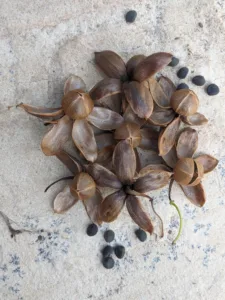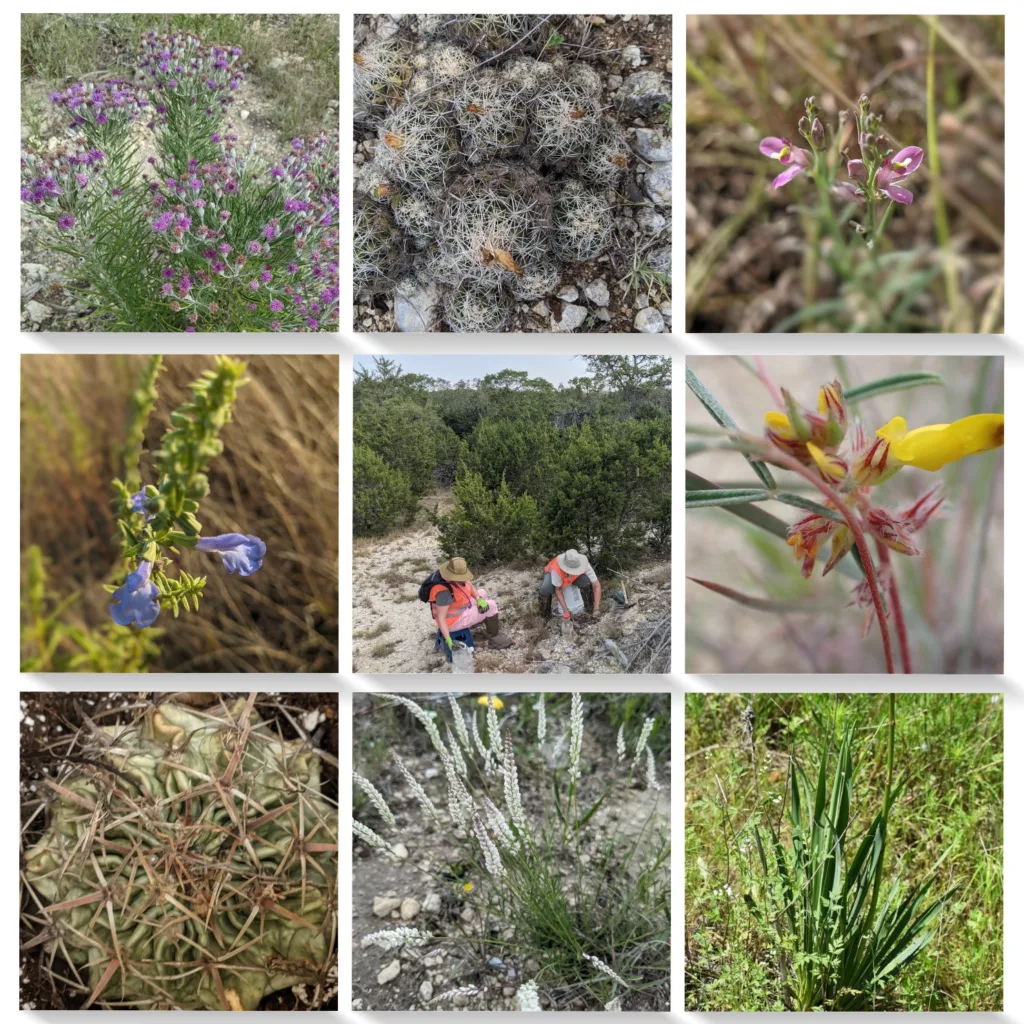November 14, 2023 @ 6:30 pm – 9:00 pm

*** This meeting is on the second Tuesday of November, instead of the third as we typically do. ***
Please join us for our November Chapter meeting with guest speaker Ashley Landry.

The Native Plant Rescue Project of Williamson County has hosted over 45 plant rescues and rescued over 225 species of native plants since the creation of the project in 2022. As a joint project of the Native Plant Society of Texas-Williamson County Chapter and the Good Water TX Master Naturalist chapter, the project works with developers to ethically rescue unusual native plants and transfer them to growers and conservation partners. Come learn about how the project was created and about some of their conservation successes.
Ashley Landry is a member of the Williamson County chapter of the Native Plant Society, a Texas Master Naturalist and the creator of the Native Plant Rescue Project.
This event is open to the public. The meeting site will open for socializing at 6:30 p.m. The presentation will begin at 7:00, followed by announcements. If you are interested in becoming more involved in the chapter, please stick around for the business meeting so you can meet chapter leaders.
How to join the Zoom meeting
- Click this link or copy and paste it into your browser: https://npsot-org.zoom.us/j/82559569275?pwd=UEtLWVJzc2FrSk5kQ3RlaHI0aTEzQT09
- Input your information. Use an email that you can access.
- You will immediately receive an email with a link to join the meeting.
- Video Recording: The Chapter is recording these meetings and posting them on the state YouTube channel. If you register and join the meeting, NPSOT is accepting that as consent to include and publish your image for use in our educational materials; specifically, in the recorded monthly meetings, that others may view.

Details
- Date:
- November 14, 2023
- Time:
-
6:30 pm – 9:00 pm
- Event Categories:
- Chapter Meeting, Virtual
- Event Tags:
- Austin Calendar
Organizer
- Austin Chapter
- Website
- View Organizer Website



